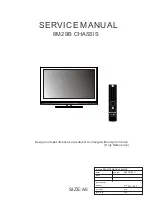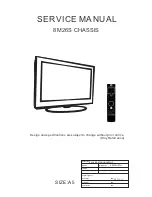
©
National Instruments Corporation
35
NI cDAQ-9172 User Guide and Specifications
Digital I/O
To use digital I/O, insert a digital I/O C Series module into any slot on
the NI cDAQ-9172 chassis. The I/O specifications, such as number of lines,
logic levels, update rate, and line direction, are determined by the type
of C Series I/O module used. For more information, refer to the
documentation included with your C Series I/O modules.
Correlated vs. Static DIO Modules
Digital I/O module capabilities are determined by the type of digital signals
that the module is capable of measuring or generating. Static digital I/O
modules are designed for signals that change slowly and are accessed by
software-timed reads and writes. Correlated digital I/O modules are
for signals that change rapidly and are updated by either software-timed or
hardware-timed reads and writes. Correlated digital I/O modules can
perform the following tasks:
•
Used in any slot—Software-timed reads and writes
•
Used in slots 1 though 4—Digital waveform generation and
acquisition (correlated input/output)
•
Used in slots 5 and 6—Counter/timer
•
Used in slots 5 and 6—Access PFI signals
To determine the capability of digital I/O modules supported by the
NI cDAQ-9172 chassis, refer to the KnowledgeBase document,
C Series Modules Supported in the NI cDAQ-9172 CompactDAQ
.
To access this KnowledgeBase document, go to
ni.com/info
and enter
the info code
rdcdaq
.
Available features, such as trigger and counter/timer, are determined by the
slot containing the digital I/O C Series module and the capabilities of the
module.
Table 4.
Digital Module Slot Features
Slots
Static DIO
PFI
1
Counter/Timer
1
Digital
Waveform/Change
Detection
1
1
Yes
—
—
Yes
2
Yes
—
—
Yes
3
Yes
—
—
Yes
4
Yes
—
—
Yes
















































